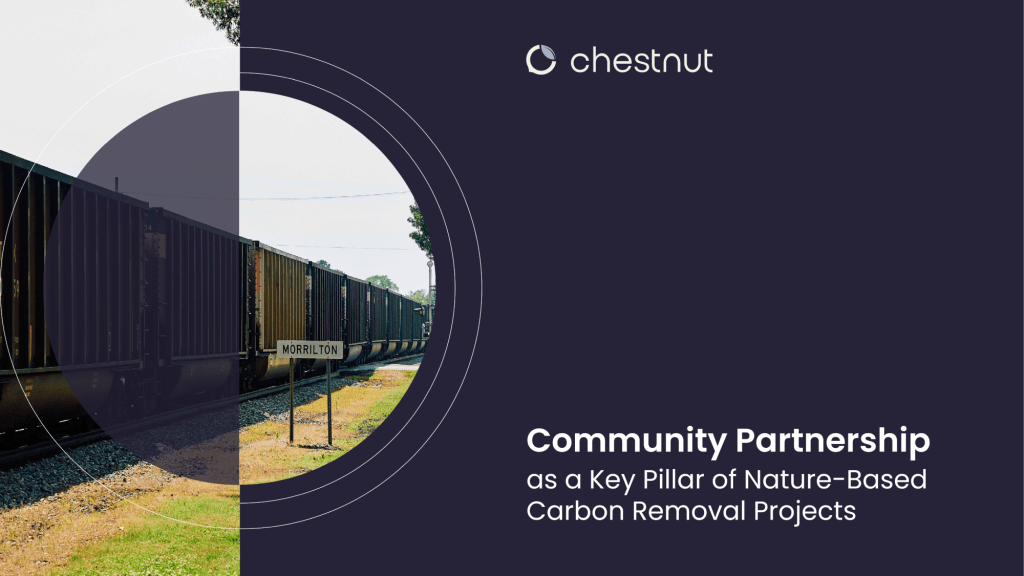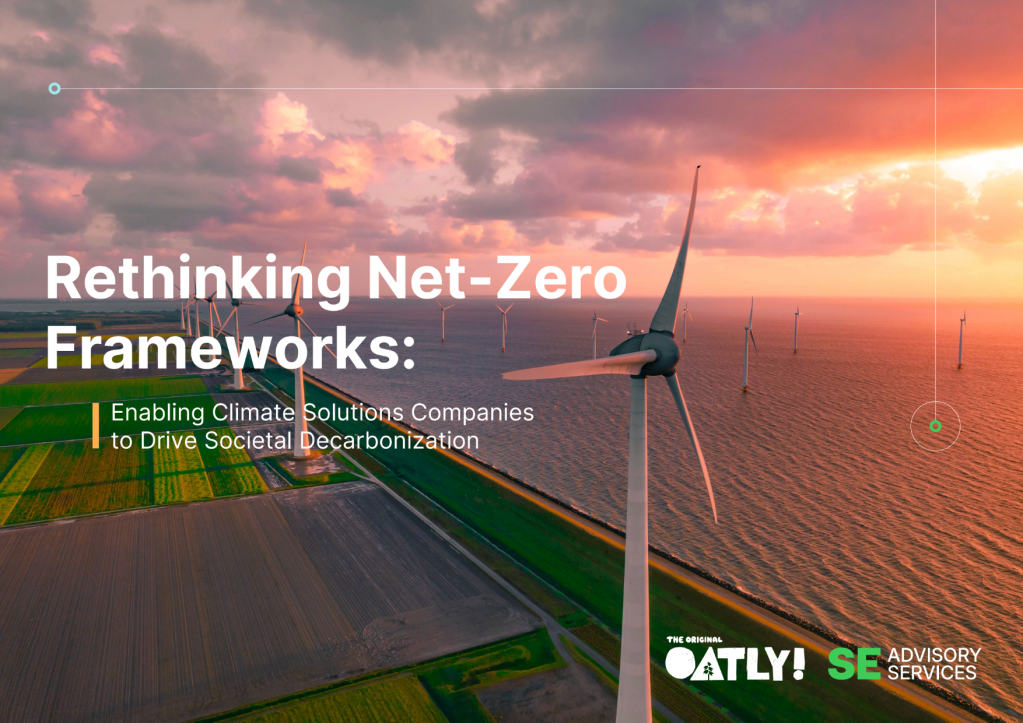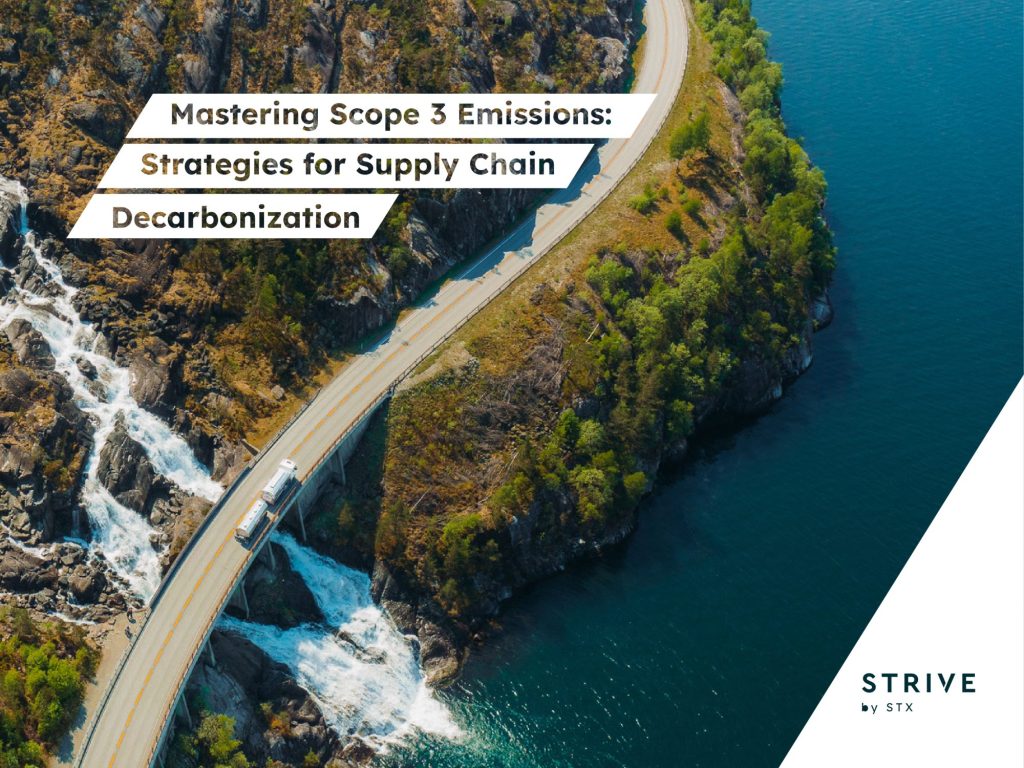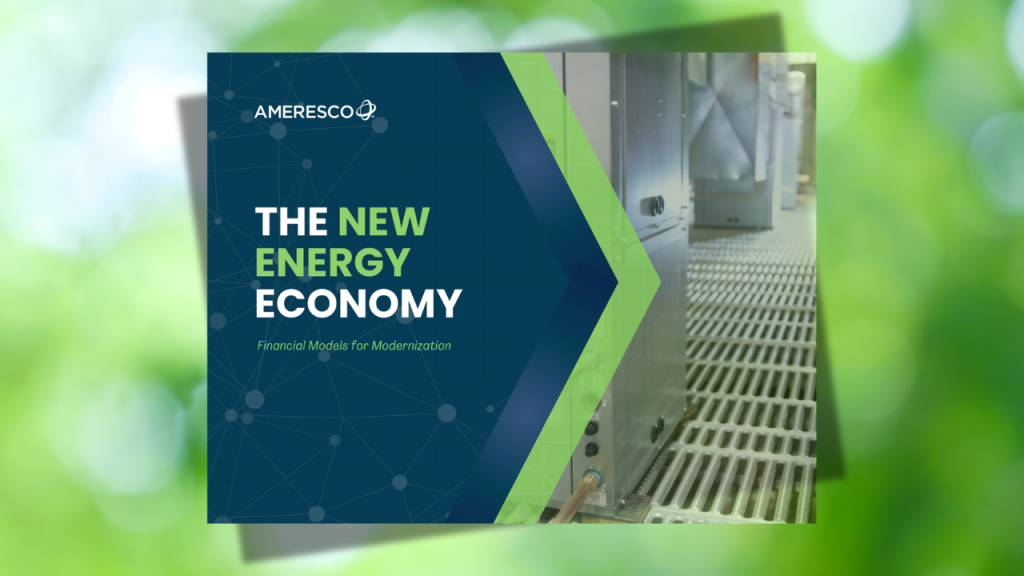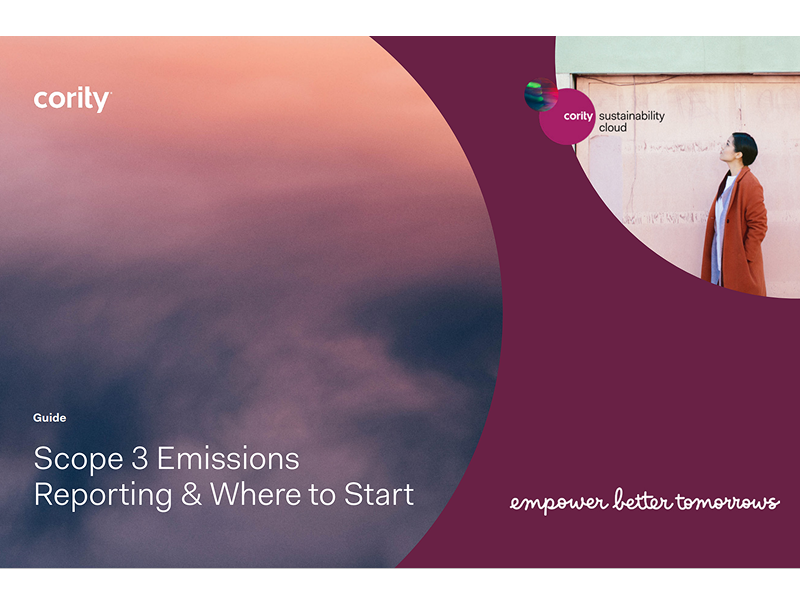The State of the Art for Water Management
Chuck Gordon, the CEO of Siemens Water Technologies, explains why water is the next frontier for companies looking to reduce their footprint, and explores some of the challenges they face on their way to success. Read More
When it comes to managing water use, as with most aspects of business operations, measuring is the first step to management. But once you get a handle on how much water you’re using, there are no shortage of innovative tools available to help you apply the three Rs to your facilites.
Reducing, reusing and recycling water are all practices growing in prominence among businesses and municipalities around the globe. To learn more about the state of the art of water management, I spoke last week with Chuck Gordon, the CEO of Siemens Water Technologies.
[For a tangential — but quite interesting — excerpt from this podcast, see my blog post, “The Green Connection Between Singapore and the O.C..”]
Matthew Wheeland: Chuck, thanks so much for taking the time to speak with me. We’re currently at the tail-end of World Water Week for 2009. So this is obviously a timely conversation. I’m curious to know if you’ve seen an uptake in interest from companies about measuring and/or reducing their water footprint.
 Chuck Gordon: The way I would answer that is probably take a step back and look at some mega-trends and then translate that down into what we see the industry asking for — different industries asking for. When we think of mega-trends that impact water, we think of industrialization, urbanization and population growth, and what we’ve seen happening in many places around the world is that those three mega-trends are occurring in placed that have scarce water supplies. So when we look at regions like Northern China, Beijing, the Middle East, Western Australia, Spain and Southern California, those are all areas where the trends that I just mentioned have collided with scarce water resources.
Chuck Gordon: The way I would answer that is probably take a step back and look at some mega-trends and then translate that down into what we see the industry asking for — different industries asking for. When we think of mega-trends that impact water, we think of industrialization, urbanization and population growth, and what we’ve seen happening in many places around the world is that those three mega-trends are occurring in placed that have scarce water supplies. So when we look at regions like Northern China, Beijing, the Middle East, Western Australia, Spain and Southern California, those are all areas where the trends that I just mentioned have collided with scarce water resources.
So what happens in those areas is that from a sustainability standpoint, companies and municipalities — so it’s both private and public sector — become very interested in “how can we manage our water supply as we know it’s a scarce resource?” And I think there’s a growing awareness in industry and across municipalities that water is a scarce resource and that water has value. And that’s probably the first signal that people are starting to take water seriously and their water footprint seriously. So we see more and more companies that are very interested in how they can recycle and reuse their water.
MW: And thinking about some of the industries that might be expressing that interest. I know that just in the last few months, you guys have worked with a number of pretty widely ranging industries from beverage manufacturers to semiconductors to cities or municipalities. Are there any that you’ve seen that are either more interested in or more receptive to the idea of water management than others?
CG: Well, I think that all the industrial markets have become very interested, and I can give you a couple of examples. We have a beverage manufacturer that recently was able to recapture the water they were using for bottle washing. Before that it was all going down the drain. They were able to recycle and reuse the water again. It’s saved them about 25,000 gallons of water a day, and that would be a typical example of that industry.
We’re also seeing in the petrochemical industry — in the refining industry — a lot of interest, and we’ve sold several projects where we’re actually taking refinery waste water, purifying it, processing it to a point where rather that it being discharged it makes more sense for them to use it back in their production process. And we’re seeing a significant interest for that industry, particularly in water shortage areas like the Middle East. Finally, a classic municipal example would be the Orange County waste water system, and what they did in Orange County was to actually put in a water purification system on the outfall from their municipal sewer system.
They used Siemens Water Technologies membranes. They took it through a second purification process, and that water is actually injected down into the ground water and is indirectly reused because the City of Orange County brings the water back up from the wells, and it’s used for potable water. So that’s a case of indirect reuse of municipal sewage water is potable water. That’s — all three of those I think are good examples of the kind of activity that we’re seeing, both in the public sector and the private sector around reusing and recycling water.
MW: And I want to come back to the idea of reusing waste water, especially with municipalities. But first, I guess, I’m curious as to what is driving this from a business standpoint. Is it an increase in cost for water use? Is it just this growing awareness of looming water shortage or — what’s driving this?
CG: Well, I think that it’s all of the above. I think the first thing — the first driver is certainly in areas that are — where there’s water shortage, reusing the water makes a lot of sense for industry. So that’s probably the first driver.
The second driver, though, is as in the developed countries and even the undeveloped areas of the world, we’re seeing increasingly — increasing regulatory — an increasing regulatory environment for industrial discharge, and as that occurs, these plants have to purify their waste water to a higher and higher degree.
And when it gets to a certain point, it just makes more sense for them to go ahead and recycle it and close the loop than it does for them to bring in fresh water, typically purify it, send it through the system once through and then discharge it as waste water. So what we see in that regulatory environment is when the regulatory discharge requirements become high enough, there’s just a natural time in that cycle where it makes sense for them to close the loop and go ahead and recycle. And typically, there’s economic return on investment involved in that.
MW: So that seems like a good segue to talk about some of the successes or surprises you’ve seen from companies that have adopted some kind of water management strategy.
CG: Well, I think the — probably the thing that has occurred that probably was the biggest surprise to me, and I’ve been in the industry for 20 years, is that I think historically a significant number of companies out there didn’t even understand where they were using water and how much water they were using. And so the first step to create awareness is to make sure companies actually understand where they use the water and how much water they use. Once they understand that, then the ability to reuse or recycle part of it becomes much easier and much easier for them to justify making an investment or whatever they need to do.
But I think the biggest surprise I’ve had over the years has certainly been the overall lack of understanding, which I think comes from the fact that a lot of companies believe that — or don’t believe that water has value. At least they haven’t placed a value on water.
MW: And if that’s the case, how do you justify the investment in some of these technologies?
CG: Well, I think what’s happening now is there’s a growing awareness that water is a scarce resource. The second thing is I think in many cases, if companies understand the true cost of the water into their facility — and I’m talking the economic cost now of the water that they’re bringing into the facility — what the economic cost is to them and their economic cost of waste water treatment and discharge, to the extent that we can close the loop and have them recycle and reuse water, and they can avoid portions of those costs, that savings is what pays for the incremental investment that they may need in treatment equipment and technologies.
MW: And what kind of challenges do companies face when they’re either starting these projects — starting to look at implementing these projects or as they actually kick these projects off?
CG: I think once they’ve gotten — once a company has reached a point that they understand where they’re using water and what the true cost of that water is to them and to their income statement, then it becomes more of what technology is available and what is the best available technology for the particular application that they’re talking about. The water industry is fragmented. There’s a lot of technology out there. There’s a lot of small to midsize companies, and I think sorting through the — what their alternatives are probably becomes the next challenge that a company has.
MW: And fittingly enough, that’s what I wanted to ask about was the technologies that either are right now at the forefront of what’s out there or things that are just over the horizon. Are there things that are really coming out that are helping companies make use of their water to the best possibilities?
CG: Oh, certainly. I would like to talk about maybe a couple of technology platforms that Siemens Water Technologies employs. The first technology that I think is probably the backbone technology for water recycle and reuse is microfiltration technology. And we have a strong investment in R&D to continue to invest in that technology, and that’s a membrane technology that basically removes or separates impurities from water by forcing the water through a membrane. A second area that we invest heavily in that it is impossible to separate energy issues from water issues.
A little known fact is that about 3 or 4 percent of the electricity generated in the United States is actually used for water and waste water treatment. It’s an extremely energy-intensive process. At Siemens Water Technologies, we have a significant investment in technologies that reduce the electrical requirements and the energy requirements of water and waste water treatment. And then the third area that we invest in is that we feel like bio-solids, which are a natural result — residual result of waste water treatment and need to be disposed of by customers — we invest in technologies that reduce the residual bio-solids from their waste treatment plant.
So all three of those are examples of areas where we’re investing to help our customers be more efficient with their water reuse and waste water treatment.
MW: And how has this changed just in the last few years? Have there been either new technologies that have hit the market or innovations in efficiency of these technologies? Is there a reason that this is — from the technology side that’s driving this?
CG: I think there’s really been a couple of drivers. I think probably the most important driver is that as the mega-trends that I talked about earlier manifest themselves, it creates demand for the kind of technologies that we just — that I just described. And so that’s probably the first thing is that you need a market driver, and I think the collision of these mega-trends provides that. The second thing is there’s certainly been a significant amount of investment in things like microfiltration that enhance water reuse and recycle and provide the ability to do it efficiently from a cost standpoint.
MW: And the last question is really just for companies that are really just starting to either get a handle on their water usage or even just starting to think about it, what are the first steps you recommend for them to do it right?
CG: That’s real straightforward. The first step, again, is understand where you’re using water and how much water you’re using. The second step is understand what the characteristics and the requirements are for the water you’re using and what the characteristics are of the water that you’re discharging because the first easy step at many larger industrial facilities is simply rather than sending some process water down the drain, it can simply be sent straight to another process where the purity of the waste water from the first process is good enough to use in the other process.
So understanding where you use water, how much water you use, and what your water requirements and effluent characteristics are are the keys. Once you understand that, the ability to recycle and reuse will become pretty apparent.
MW: Great, Chuck, thank you so much for taking the time to speak with us today.
CG: Thank you. Thanks for the opportunity.

Subscribe to Trellis Briefing
Featured Reports

The Premier Event for Sustainable Business Leaders

